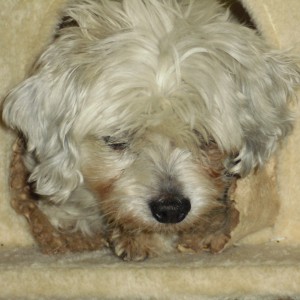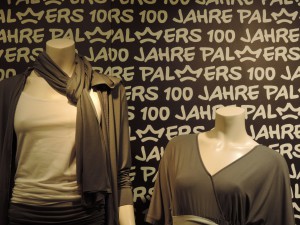Es ist nicht zu übersehen, dass auch bei uns immer mehr Hunde aus dem Auslandstierschutz ein neues Zuhause finden. Nicht immer ist die Verbringung nach Österreich ein Garant für ein langes glückliches Zusammenleben von Mensch und Hund.
Über Chancen und Risiken, die es bedeutet, einen – möglicherweise traumatisierten – Hund aus dem Ausland zu sich zu nehmen, spreche ich mit Irina Fronescu, www.vier-pfoten.at, Bettina Wernisch, www.tierheimhunde.auf-hundespur.com und Sandra Pfaffinger, www.natuerlichmithund.at, die derzeit in Rumänien lebt und uns über die Situation vor Ort erzählt.
Wichtige Tipps und Infos,
woran man seriöse Vermittlungsorganisationen erkennen kann und welche Möglichkeiten es – abgesehen von der Adoption eines Tierschutzhundes – noch gibt, um zu helfen, erwarten Sie.
Was ist sinnvoller Auslandstierschutz:
Zitat Sandra Pfaffinger: „aktiv nach einer Organisation suchen, welche sich auch um Fortplanzungsverhütung im Ausland kümmert und nicht nur jene Hunde kastriert, welche vermittelt werden. Die Organisation sollte eine versierte Ansprechperson

Einen Tierschutzhund zu sich zu nehmen, bedeutet Verantwortung für ein Hundeleben!
nennen können, welche den Hund kennt und Fragen verlässlich beantworten kann. Die Beschreibung des Hundes sollte mit einer verlässlichen Charakter-beschreibung und Besonderheiten versehen sein. Die Organisation sollte über ausreichendes Fachwissen in der Hundeerziehung verfügen, um Probleme zu erkennen und entsprechend qualifizierte Trainer nennen zu können.
Nicht sinnvoller Auslandstierschutz bedeutet für mich:
wenn Organisationen massenweise Hunde aus einer staatlichen Einrichtung (oft Tötung) retten, um sie dann in einem privaten Shelter in Rumänien über lange Zeit einzusperren ohne Chance auf Vermittlung oder jeglicher Betreuung (abgesehen von Fütterung).
Wenn Organisationen ausschließlich die von ihnen kastrierten Hunde vermitteln, jedoch vor Ort keine Veränderung (z.B. Kastrationsprojekte von Straßenhunden) oder Aufklärungsmaßnahmen durchführen.“
Servicebox:
https://www.sicherspenden.at/vier-pfoten-at/spende
http://auslandstierschutz.jimdo.com/
http://romanianstraydogsploiesti.blogspot.ro/
Hospitzprojekt von Tier-Reich (Sabine Neumann) – Betreuung und noch eine schöne Lebenszeit für alte und/oder kranke Tierschutzhunde – http://tier-reich.at/
Literaturtipps:
Hundereich von Mirjam Cordt
Verstärker verstehen von Viviane Theby
Calming Signals Workbook von Martina Scholz & C.v. Reinhardt Tierheim – Schicksal oder Chance? von Sabine Neumann
Die Musik zur Sendung:
Howling Wolf – Spoonfull
Maryland Jazzband of Cologne – Bogalusa Strut
Hot Dogs – Der Wildschütz Jennerwein
Sendung anhören:
Live auf der Radiofabrik 107,5 oder per Livestream immer am 2. Mittwoch im Monat um 12:08 Uhr und am 2. Donnerstag im Monat um 19:06 Uhr. Nachhören ebenfalls über die Radiofabrik oder über den Hunderunde Blog.
Feedback und Kontakt: Karin Immler, www.knowwau.com






